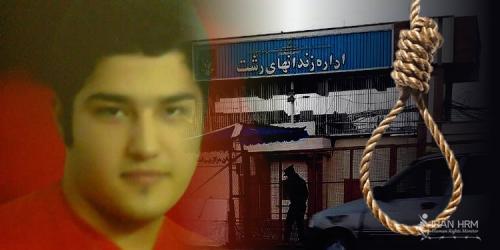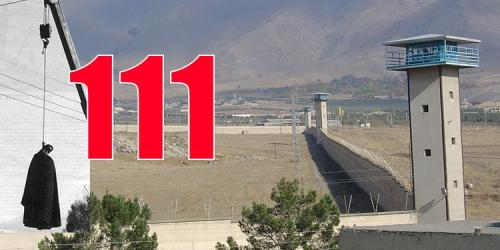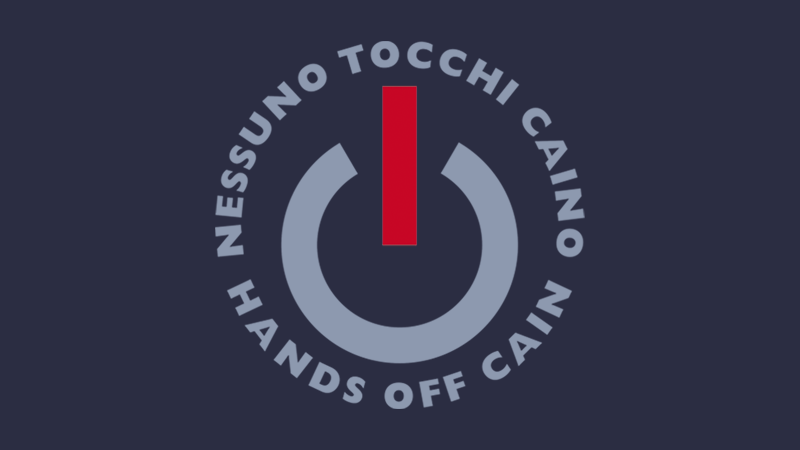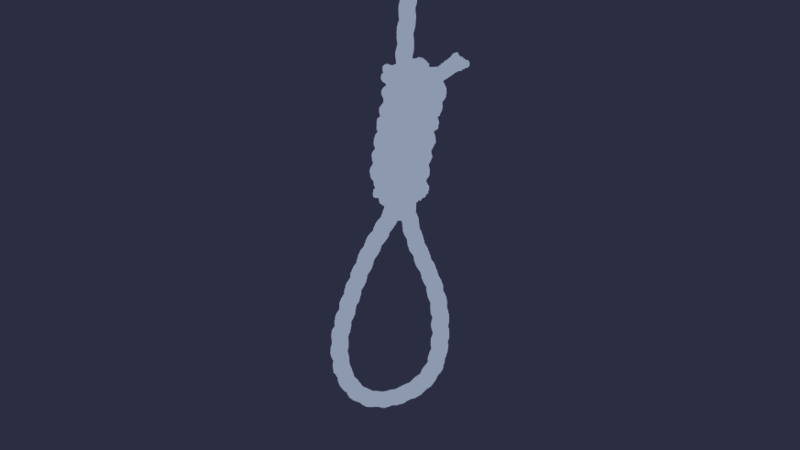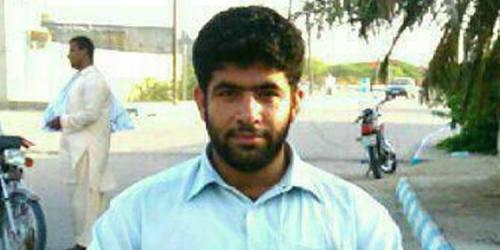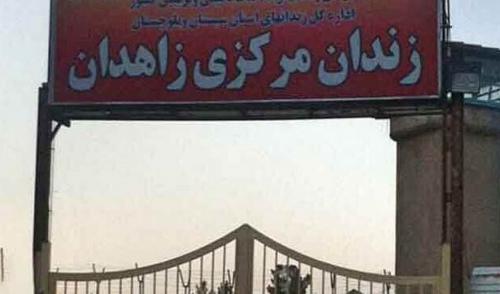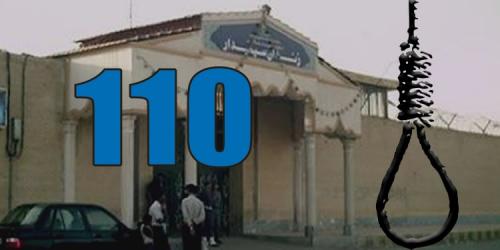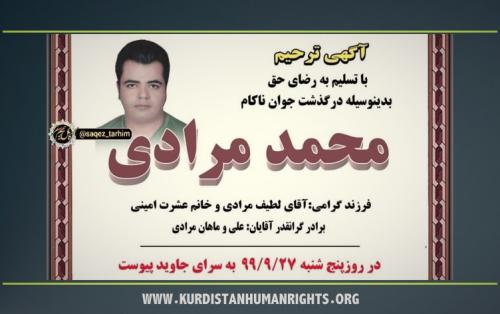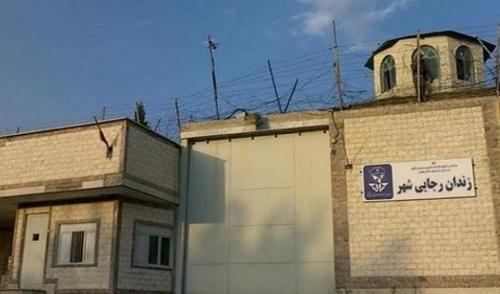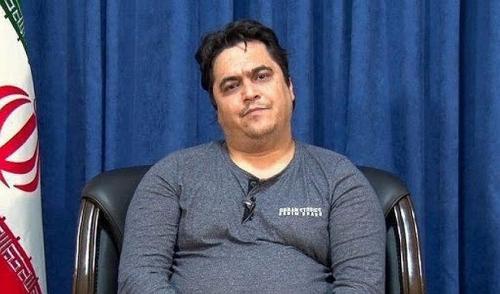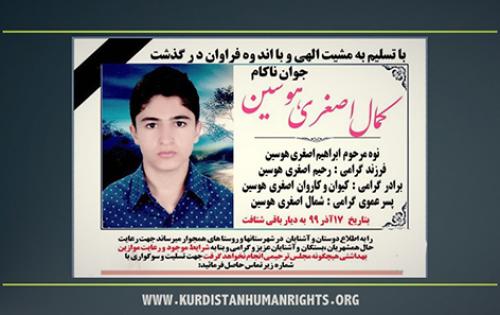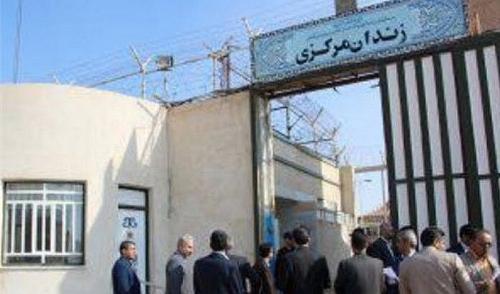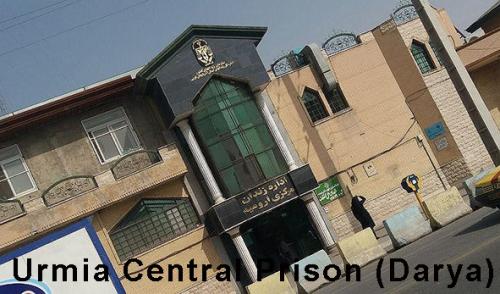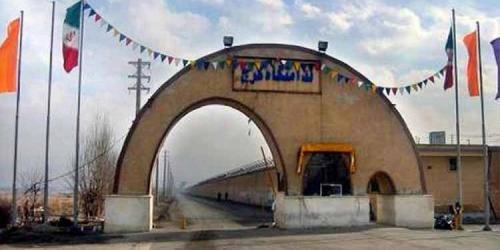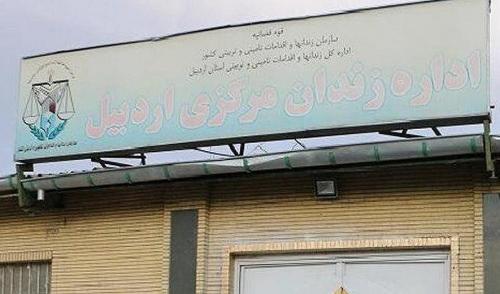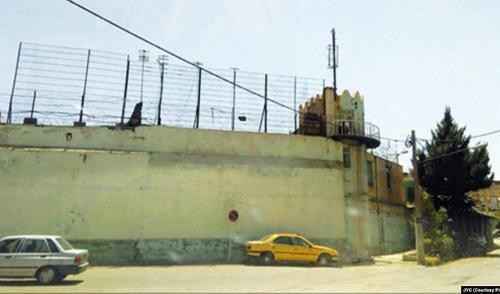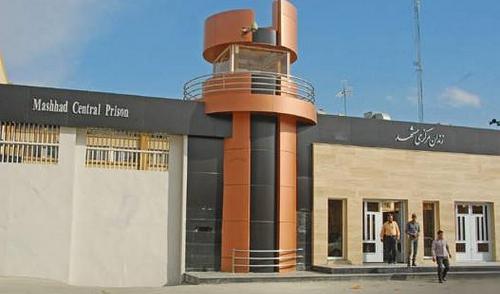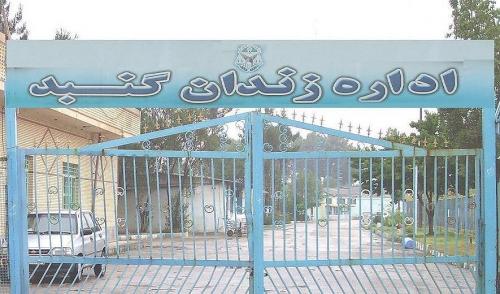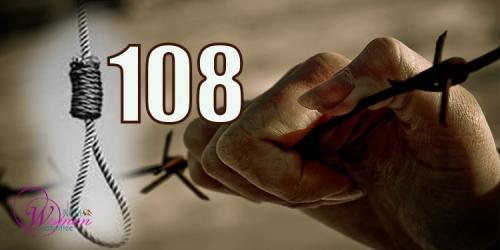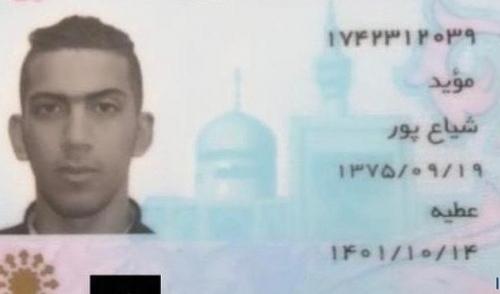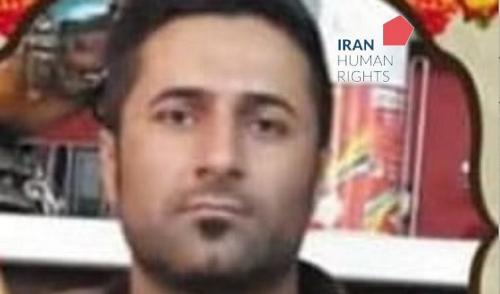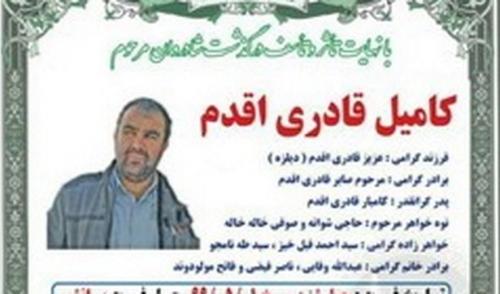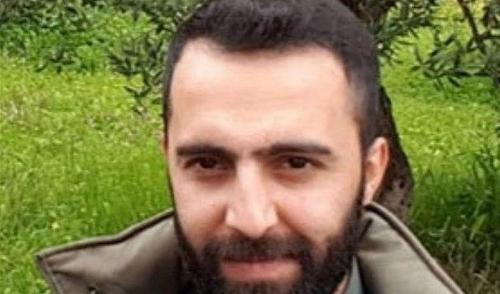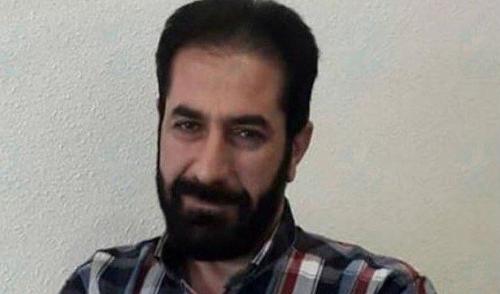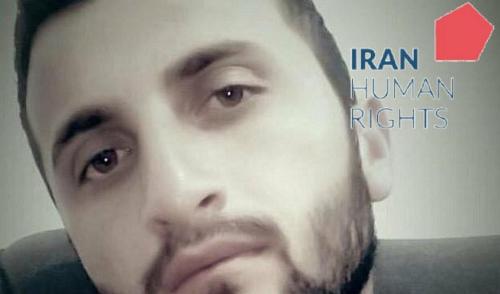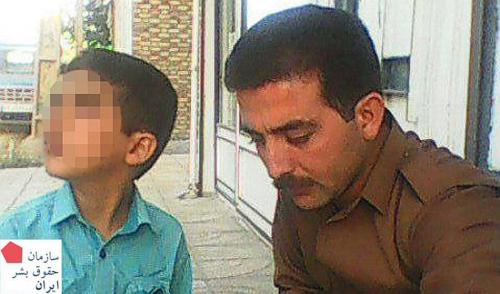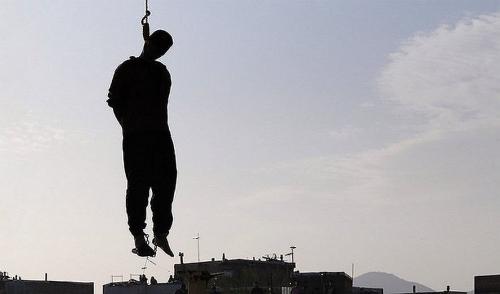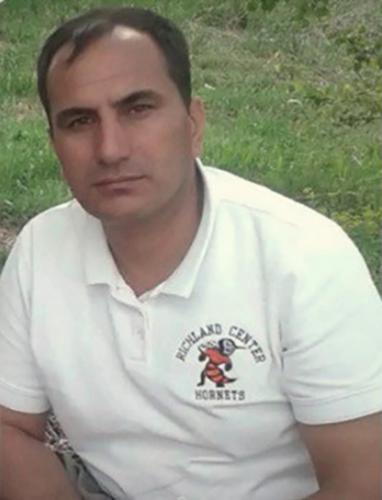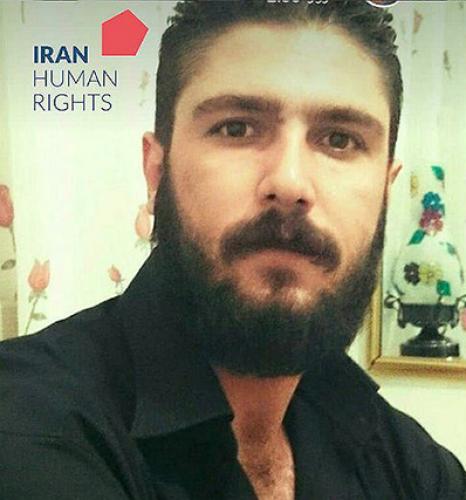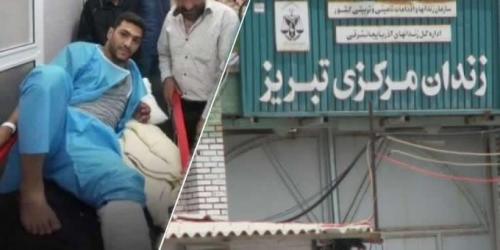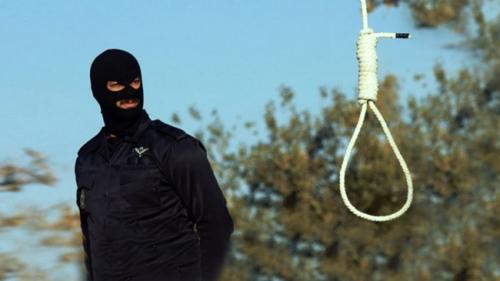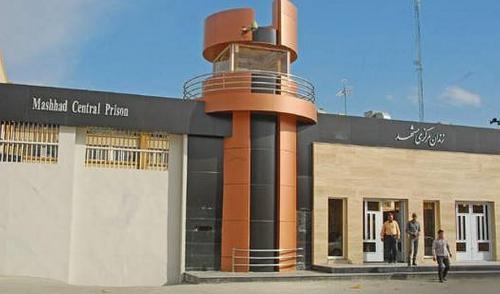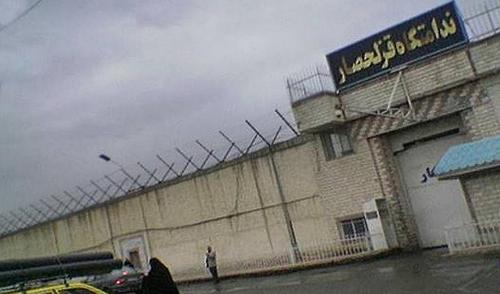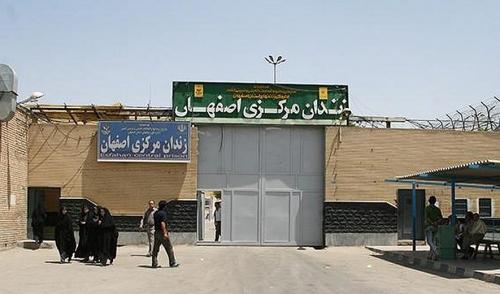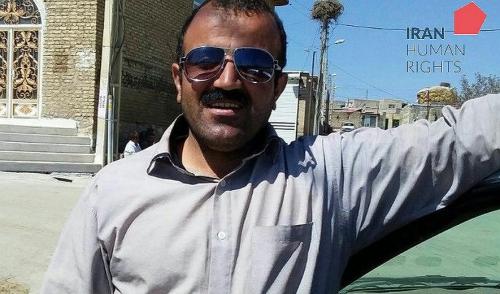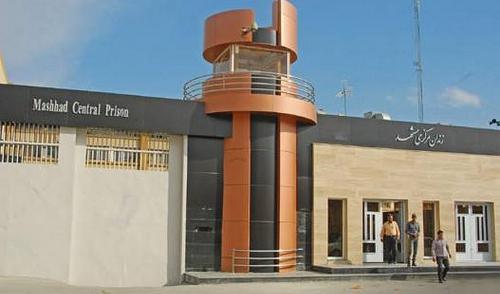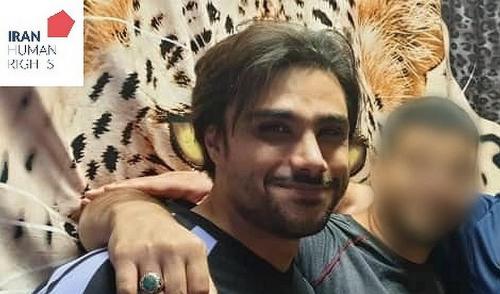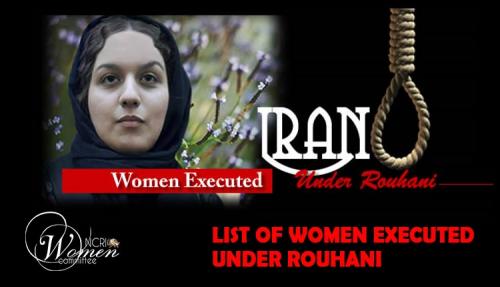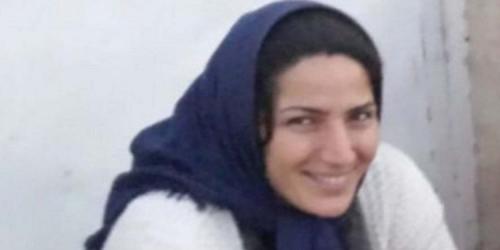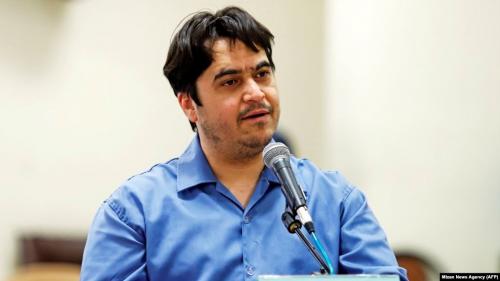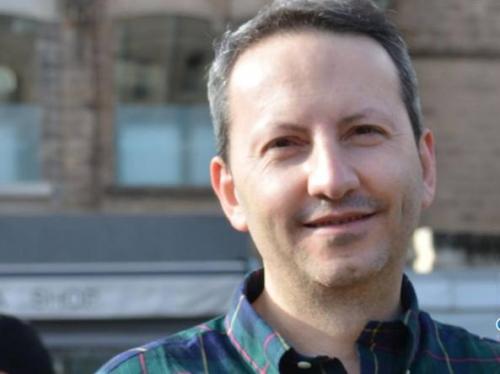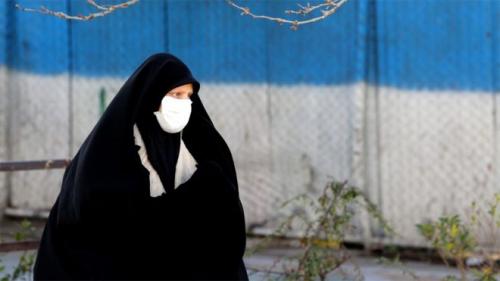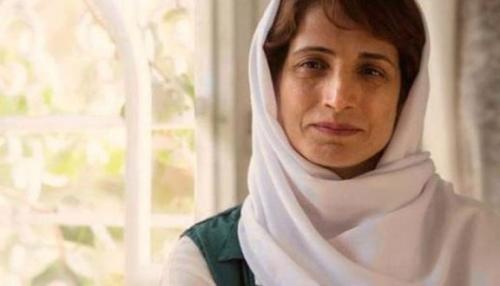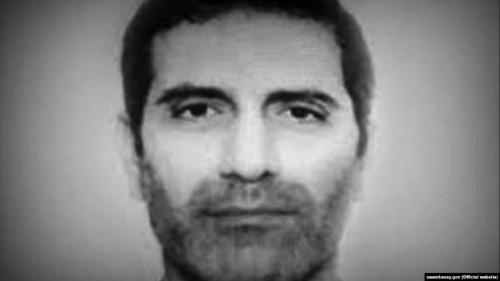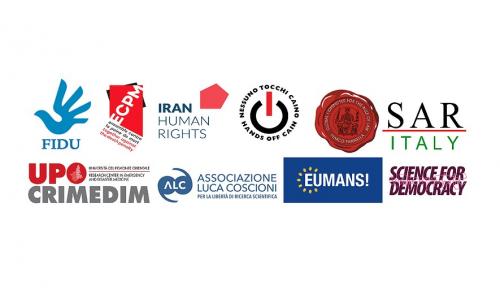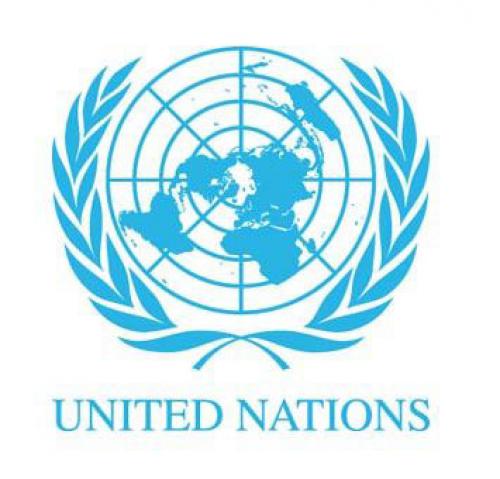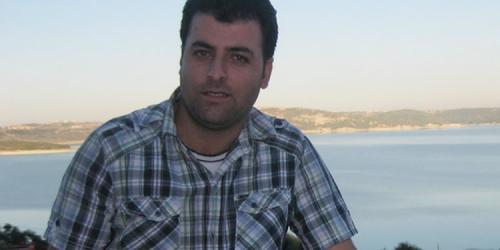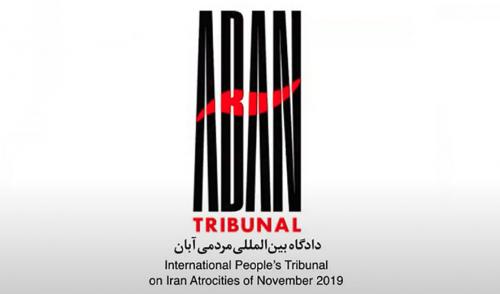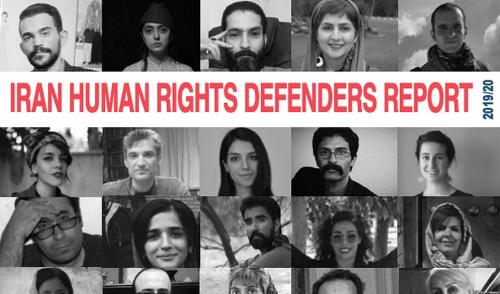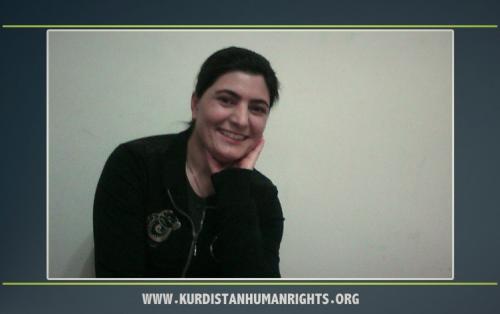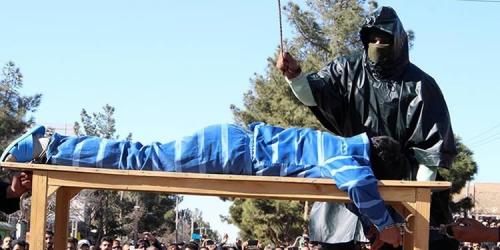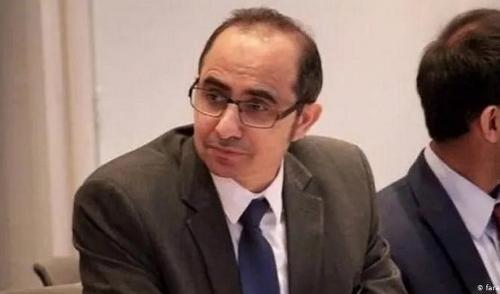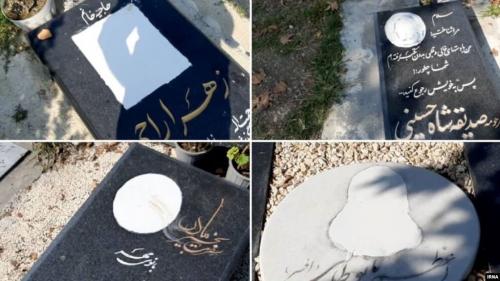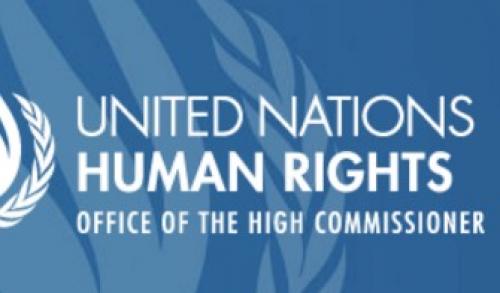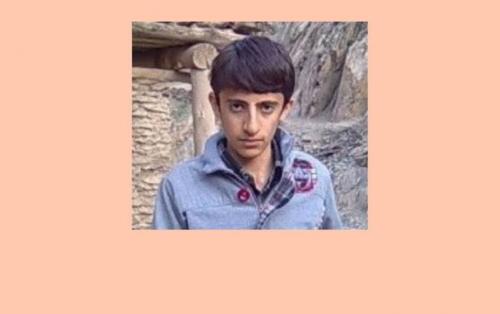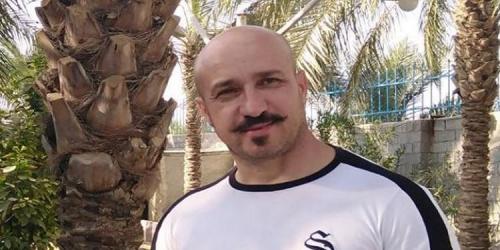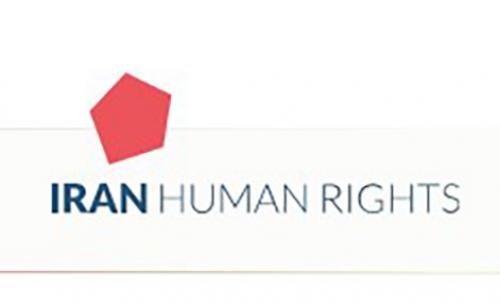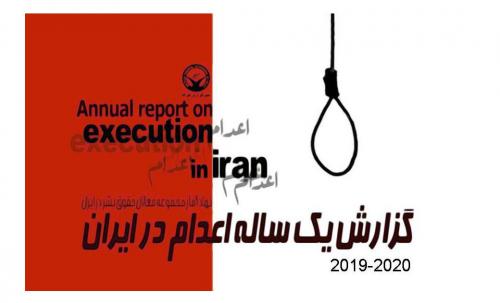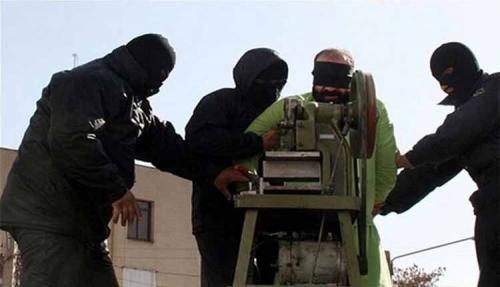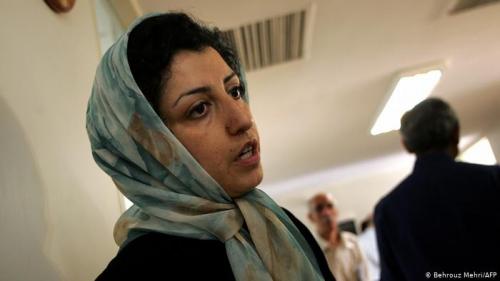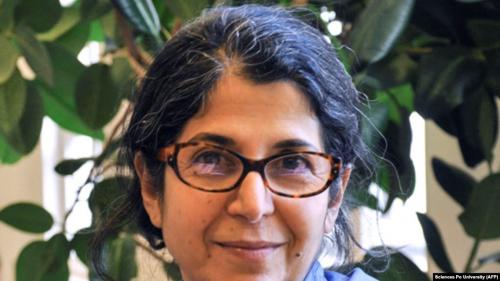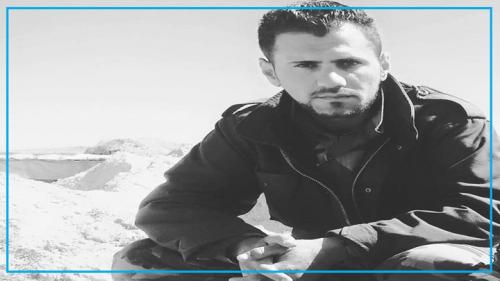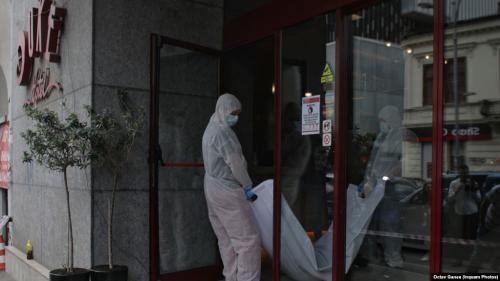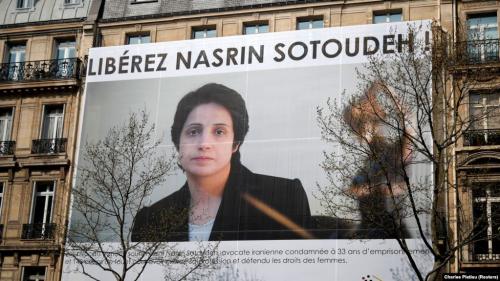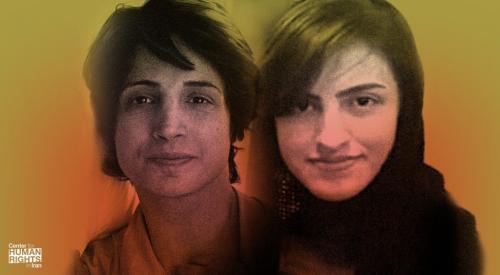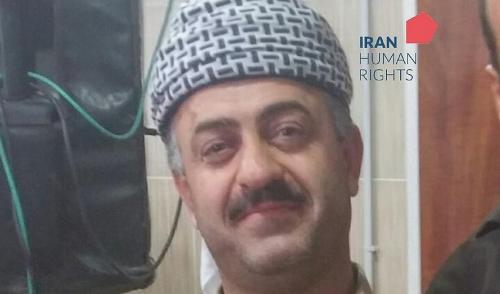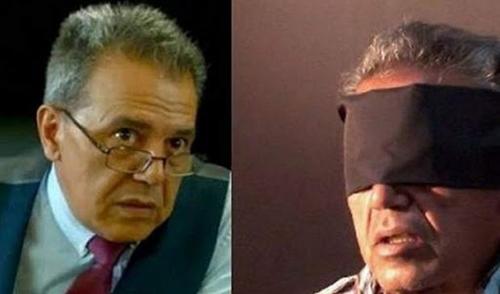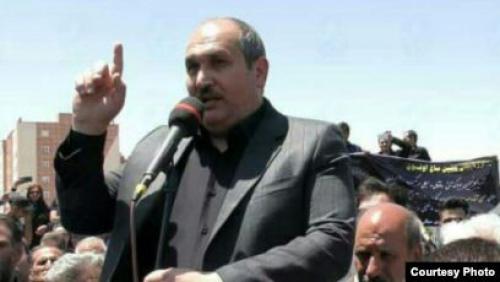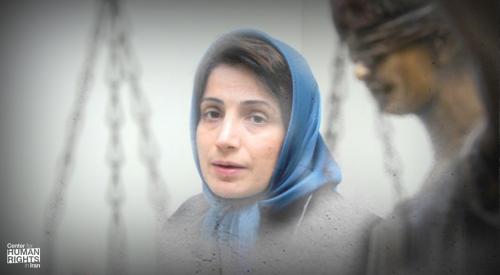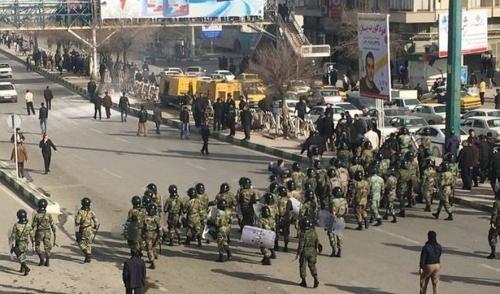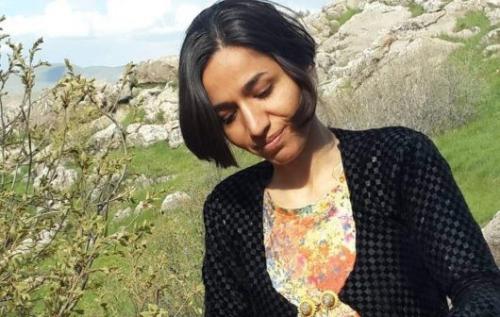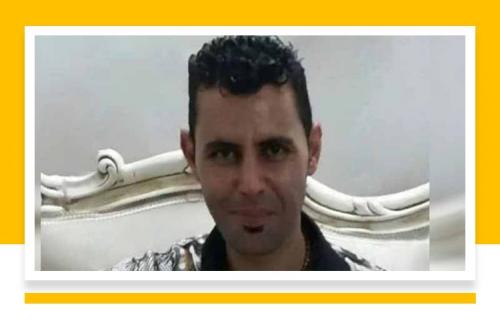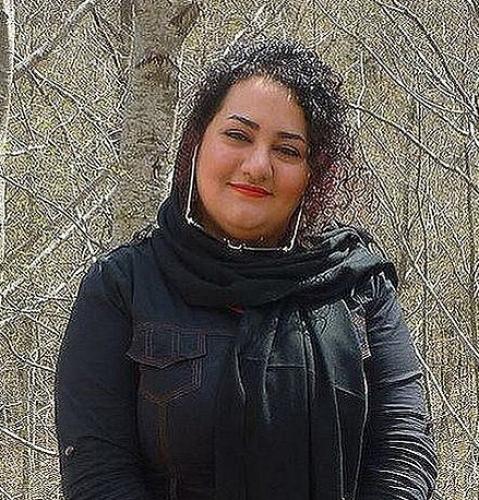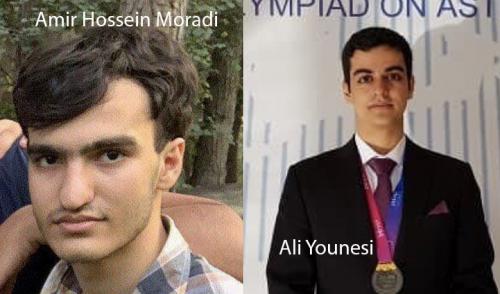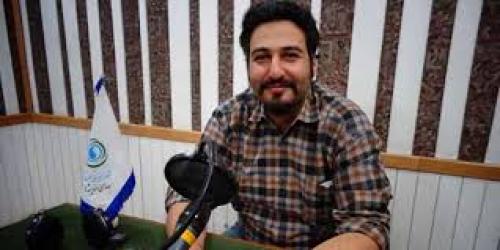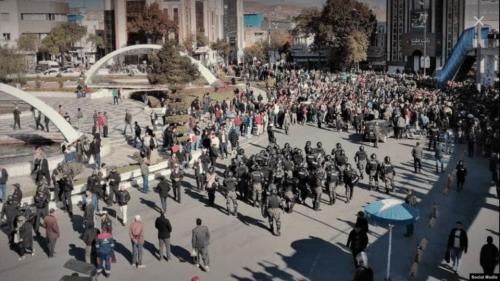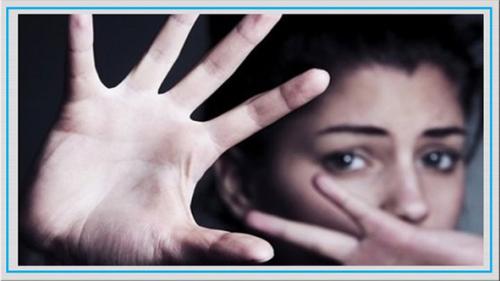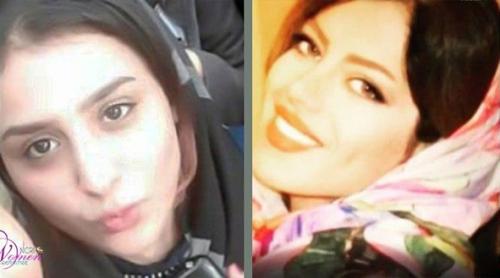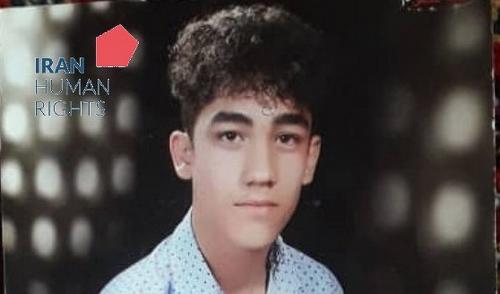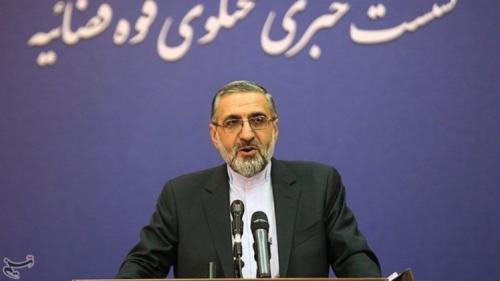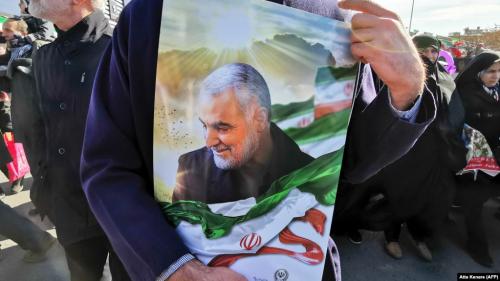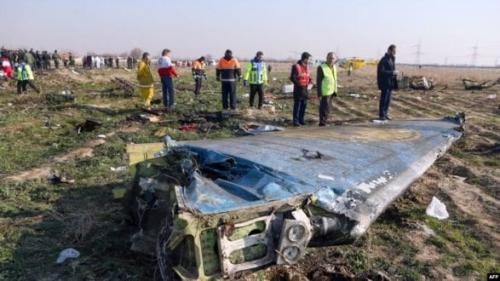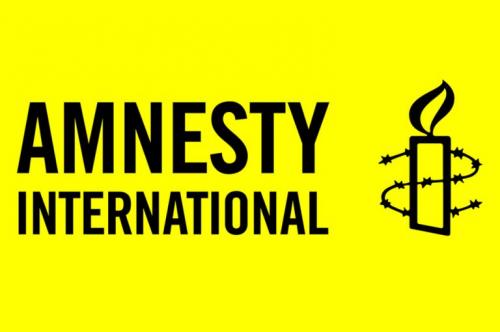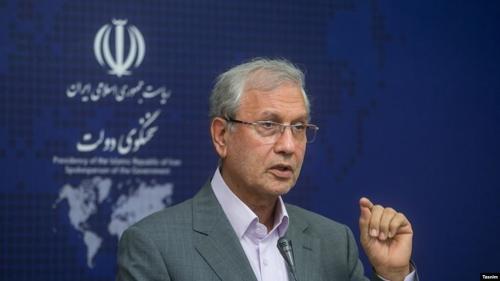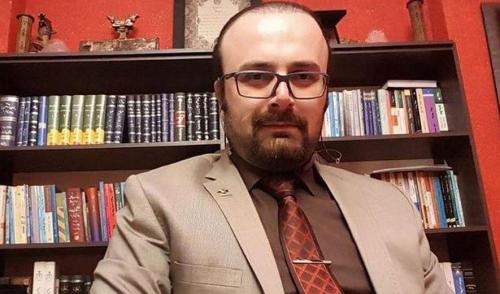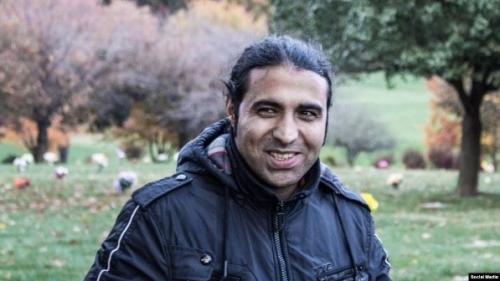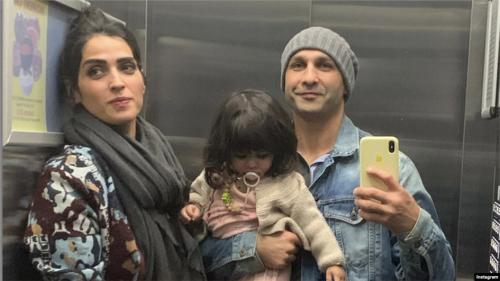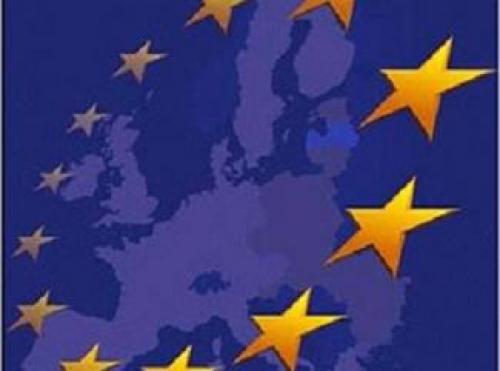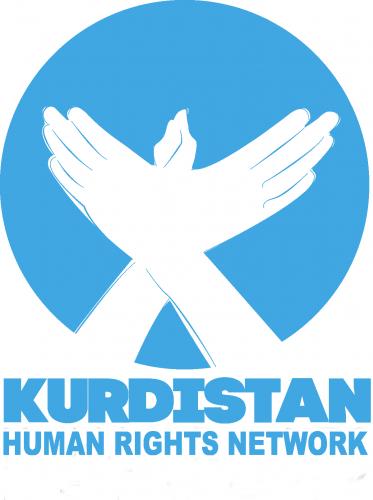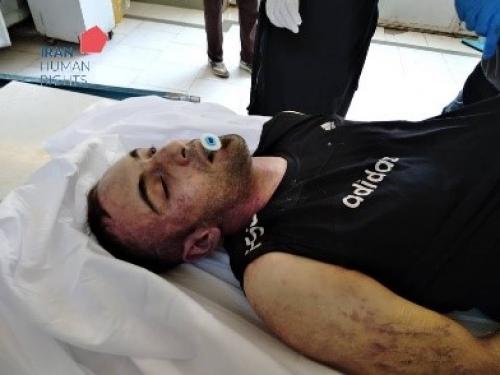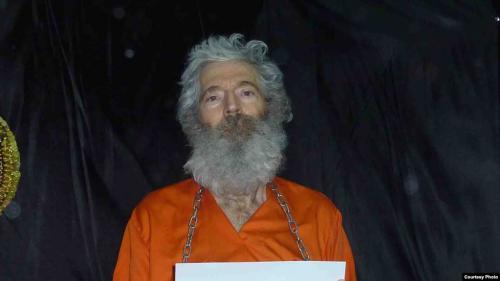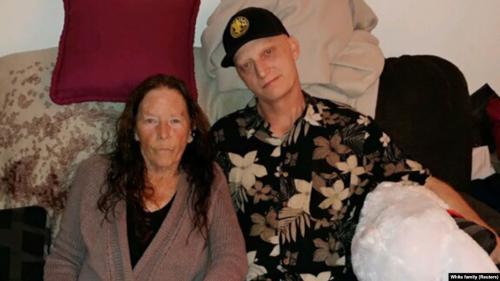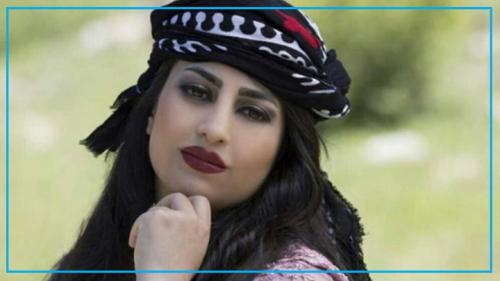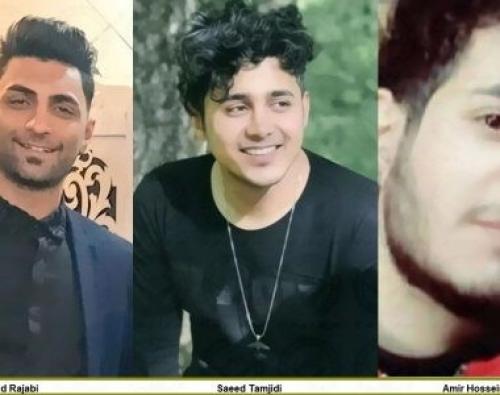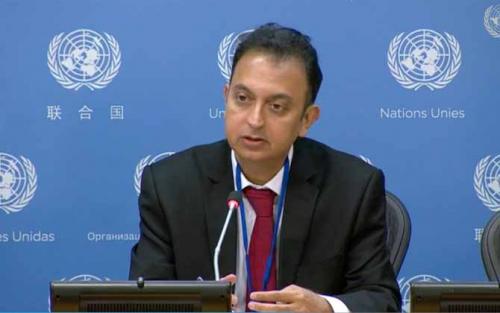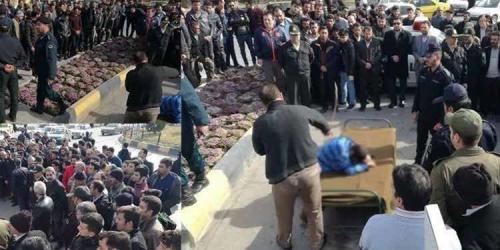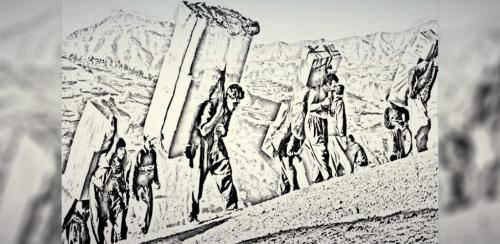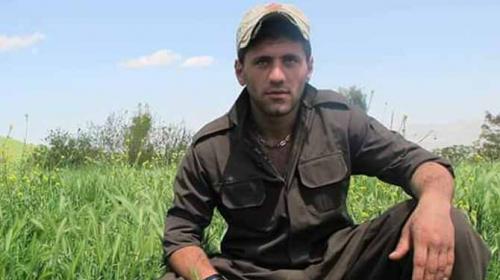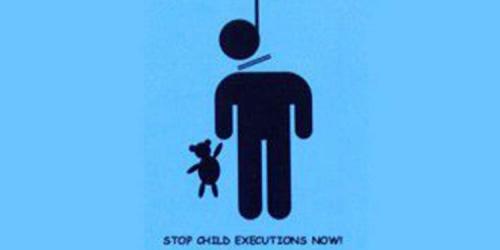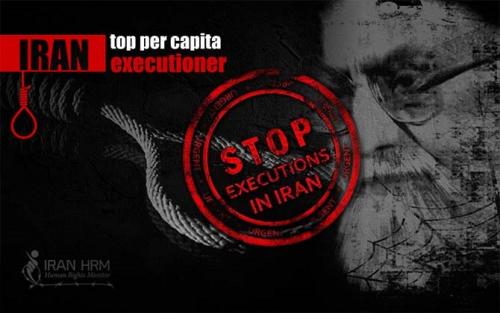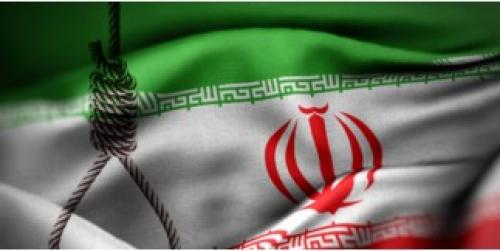situation:In accordance with Article 4 of the Iranian Constitution, Islamic law is “the essential source for all the branches of legislation”, including civil and penal legislation.
Offences punishable by death include: murder; armed robbery; rape; blasphemy; apostasy; adultery; prostitution; homosexuality; drug-related offences and plotting to overthrow the Islamic regime, kidnapping, treason, espionage, terrorism, economic crimes, military offences. The election of Hassan Rouhani as President of the Islamic Republic on 14 June 2013 has led many observers, some human rights defenders and the international community to be optimistic. However, the new Government has not changed its approach regarding the application of the death penalty, and indeed, the rate of executions has risen sharply since the summer of 2013.
The election of Hassan Rouhani as President of the Islamic Republic on 14 June 2013 and its reconfirmation in the elections of 19 May 2017, have led many observers, some human rights defenders and the international community to be optimistic. However, the new Government has not changed its approach regarding the application of the death penalty, and indeed, the rate of executions has risen sharply since the summer of 2013. At least
3,288 prisoners have been executed in Iran since the beginning of Rouhani’s presidency (between 1 July 2013 and 31 December 2017).
From 1 July 2013 to 31 December 2013, there were at least
444 executions, in 2014 there were at least
800 executions, at least
970 executions in 2015, at least
530 executions in 2016, and at least
544 executions in 2017.
If the number of executions is lower than previous years, the country continues to record the largest number of per capita executions in the world also in 2017.
In 2017, only
112 execution cases (20%) were reported by official Iranian sources (websites of the Iranian Judiciary, national Iranian broadcasting network, and official or state-run news agencies and newspapers);
432 cases (80%) included in the annual numbers were reported by unofficial sources (other human rights NGOs or sources inside Iran). The actual number of executions is probably much higher than the figures included in the Annual Report of
Hands Off Cain.
The crimes that have motivated death sentences are divided as follows in terms of frequency:
drug-related offences: 257 cases (about 47%), 20 of them reported by official Iranian sources;
murder: 233 (about 43%), including 59 announced by official sources;
Moharebeh (waging war against God),
"corruption on earth",
armed robbery, and
extortion: 27 (about 5%), including 15 officially reported;
rape: 16 (about 3%), of which 14 announced by official media;
crimes of a sexual nature (adultery, immoral relations and sodomy): 5 (1%), of which 3 officially reported;
political offenses or “terrorism”: 2 (0.3%), including 1 officially reported. In at least 4 other cases (0.7%), the crimes for which the convicts were found guilty remained unspecified.
Hanging is the preferred method with which to apply
Sharia law.
Public executions by hanging continued into 2017.
At least 36 people were hanged in public in 2017.
In 2017,
executions of women have slightly increased: there were
at least 12 (compared to 10 in 2016), of which 3 reported by official sources (2 for sexual crimes and 1 for murder) and 9 by unofficial sources (5 for murder and 4 for drugs). In 2015, Iran had hanged at least 19 women.
Executions of child offenders continued into 2017, in open violation of two international treaties to which it is party, the ICCPR and the CRC, both of which outlaw the execution of people who had committed their crimes when they were under the age of 18.
At least 6 juvenile offenders were hanged in 2017, including 2 cases reported by official sources (for murder) and 4 by non-official sources (2 for murder, and 2 for drugs).
In 2017,
at least 2 people were hanged for
clearly political offences. But it is probable that many of the people put to death for ordinary crimes or for “terrorism,” may well be in fact political opponents, in particular members of Iran’s ethnic minorities, including: Iranian Azerbaijanis, Kurds, Baluchis, and Arabs. Accused of being
Mohareb – enemies of Allah – those arrested are often subject to rapid and severe trials that often end with a sentence of death. The punishment for
Moharebeh is death or amputation of the right hand and left foot, according to the Iranian Penal Code.
However, the death penalty is not the only punishment dictated by the Iranian implementation of Sharia. There is also torture, amputation, flogging and other cruel, inhuman and degrading punishments. These are not isolated incidents and they occur in flagrant violation of the International Covenant on Civil and Political Rights that Iran signed and which expressly prohibits such practices. Every year, thousands of youths are whipped for consuming alcohol or attending parties with the opposite sex or for outrages against public decency. Authorities consider whipping an appropriate punishment to combat immorality, and such punishments are publicly inflicted as a “lesson to those who watch.”
Hanging
In accordance with Article 4 of the Iranian Constitution, Islamic law is “the essential source for all the branches of legislation,” including civil and penal legislation.
Hanging is often carried out by crane or low platforms to draw out the pain of death. The noose is made from heavy rope or steel wire and is placed around the neck in such a fashion as to crush the larynx causing extreme pain and prolonging the death of the condemned. Hanging is often carried out in public and combined with supplementary punishments such as flogging and the amputation of limbs before the actual execution.
In 2017 the Islamic Republic carried out at least
544 hangings:
112 executions were announced by official Iranian sources, and
432 cases were reported by unofficial sources.
Stoning
In April 2013, the Guardian Council, an unelected body of 12 religious jurists empowered to vet all legislation to ensure its compatibility with Iran’s Constitution and
Sharia, reinserted the stoning provision into a previous version of the new Penal Code, which had omitted stoning to death as the explicit penalty for adultery. The draft Penal Code, as amended by the Guardian Council, explicitly identifies stoning as a form of punishment for people convicted of adultery or sex outside of marriage. Under Article 132, paragraph 3, a man or a woman can be stoned to death for multiple extramarital affairs. In addition, under article 225, if a court and the head of the judiciary rule that it is “not possible” in a particular case to carry out the stoning, the person may be executed by another method if the authorities proved the crime on the basis of the eyewitness testimony or the defendant’s confession. The revised code also provides that courts that convict defendants of adultery based on the “knowledge of the judge,” a notoriously vague and subjective doctrine allowing conviction in the absence of any hard evidence, may impose corporal punishment sentences of 100 lashes rather than execution by stoning. The penalty for people convicted of fornication, or sex outside of marriage that involves an unmarried per- son, is 100 lashes.
Iran had the world’s highest rate of execution by stoning, but no one knows with certainty how many people have been stoned in Iran. According to a list compiled by the Human Rights Commission of the National Council of the Iranian Resistance, at least 150 people have been stoned in Iran since 1980. The reported numbers are probably lower than the actual numbers, because most of the condemnations to stoning issued by the Iranian authorities are handed down secretly, as well as for the fact that so little information is actually available from many prisons in Iran. Shadi Sadr, who has represented five people sentenced to stoning, said Iran carried out stoning in secret in prisons, in the desert or very early in the morning in cemeteries.
From 2006 to 2009, stoning was carried out at least once a year for a total of at least seven executions; the last was carried out on 5 March 2009 on a man condemned of adultery.
Since 2015, at least two women convicted of adultery have been sentenced to stoning, according to the report of the Special Rapporteur on the situation of human rights in the Islamic Republic of Iran, Ahmed Shaheed, submitted to the UN General Assembly on 30 September 2016.
In July 2016, the Government asserted that the judiciary had converted these sentences to other punishments and that no stoning sentences had been carried out in the country in recent years. However, the Government noted that criminalization of adultery is consistent with its interpretation of Islamic law and that stoning is an effective deterrent.
Three death sentences by stoning were recorded during 2017.
Executions in public
In January 2008, then-judicial chief Ayatollah Mahmoud Hashemi Shahroudi decided that public executions, in the future, would be carried out, “only with his approval and based on social necessities.” In fact, public executions decreased in 2008, when there were no less than 30 public hangings, of which 16 took place after Shahroudi’s decree, while no less than 12 people were hanged in public places in 2009, compared to at least 110 people who were publicly executed in 2007.
However, since the 2009 post-election protests in Iran, the number of executions, particularly public executions, has risen dramatically. In 2010, at least 19 people were hanged publicly. In 2011, public executions have more than tripled, with at least 65 people being executed in public. In 2012 there were at least 60 public executions. In 2013, at least 59 public executions were held, in 2014 at least 64, in 2015 at least 57, and in 2016 at least 31.
In 2017,
at least 36 people were hanged in public, of which
31 were announced by official sources.
Death penalty for juvenile offenders
Executions of child offenders continued into 2017, in open violation of two international treaties to which it is party, the ICCPR and the CRC, both of which outlaw the execution of people who had committed their crimes when they were under the age of 18.
At least 6 juvenile offenders were hanged in 2017, including 2 cases reported by official sources (for murder) and 4 by non-official sources (2 for murder, and 2 for drugs).
At least 17 juvenile offenders were hanged in 2014, 3 in 2015, and 5 in 2016.
The
Abdorrahman Boroumand Foundation has documented at least 126 executions of juvenile offenders in Iran since the beginning of 2000 till 31 December 2017. At least 80 people on death row in Iran were under the age of 18 when they committed their crimes.
Under Iranian law, girls above nine years of age and boys over 15 are considered adults, and therefore can be condemned to death. Authorities generally wait for young convicts to reach their eighteenth birthday before ordering their execution.
Following requests
– ignored for years
– to stay death sentences handed down for all convicts accused of committing crimes as minors, the Mullah’s regime announced a partial and, in reality, insignificant revision of the Iranian norm, once again, out of step with the international community.
The regime claims that the new Penal Code – which was approved in its latest version by the Guardian Council in April 2013 – abolishes the execution of children under eighteen. However, under Articles 145 and 146 of the new Penal Code, the age of criminal responsibility is still “puberty,” meaning nine lunar years for girls and fifteen lunar years for boys. Thus, the age of criminal responsibility has not changed at all in the new Penal Code.
Under Article 87 of the new Penal Code, the death sentence has been removed for juveniles only in
Ta’zir crimes whose punishment can be administered at the discretion of the judge (such as drug offences). Under the same law, however, a death sentence may still be applied for a juvenile if he or she has committed offenses whose punishments have been specified in
Sharia:
Hudud crimes, that are defined as “claims of God” and therefore have mandatory sentences (such as sodomy, rape, fornication, apostasy, consumption of alcohol for the fourth time,
Moharebeh (enmity against God), and “spreading corruption on earth”);
Qisas crimes, that are defined as “claims of [His] servants,” and responsibility for prosecution rests on the victim, such as murder, which is treated as a private dispute between the murderer and the victim’s heirs, who are given the right to demand execution of the murderer (Qisas), or forgive him or demand compensation (Diya).
In fact, article 90 of the new Penal Code stipulates that legally “mature” individuals under eighteen (i.e., boys between the ages of fifteen and eighteen and girls between the ages of nine and eighteen) who are convicted of
Hudud and
Qisas crimes may be exempt from adult sentences – including the death penalty – only if it is established that they were not mentally mature and developed at the time of committing the crime, and could not recognize and appreciate the nature and con- sequences of their actions. Therefore, this article gives judges the discretion to decide whether a child has understood the nature of the crime and therefore whether he or she can be sentenced to death.
War on drugs
On 18 October 2017, the Guardian Council approved the bill for the amendment to the drug law, which was approved by Iran’s Parliament on 13 August. Under the amended bill, those charged with smuggling less than 50 kilograms of opium, less than 3 kilograms of methamphetamine and less than 2 kilograms of heroin will not be executed. Under the previous law, possessing 5kg of opium or 30g of heroin was a capital offence.
The new law was a potentially significant step towards decreasing the number of of drug-related executions in Iran, because the new limits are set to be retroactively applied to those death-row prisoners that had been charged before the new legislation. According to the Iranian parliament’s judicial committee, more than 5,000 convicts on death row could benefit from the amendment, the majority said to be aged between 20 to 30.
On 9 January 2018,
Mizanonline, the news agency affiliated to Iran’s judicial system, reported that its chief, Ayatollah Sadeq Larijani, had asked officials to halt executions of those affected by the new amendments, reconsider their cases and commute their sentences if possible.
However, the commutation is not automatic and convicts need to take the first step themselves and make sure their case is reconsidered. “Our concern is that the majority of those on death row belong to the marginalised part of the Iranian society and may not be aware of the changes and not have the possibilities to take this step,” said Mahmood Amiry-Moghaddam, from Iran Human Rights (IHR), an independent NGO based in Norway. “Those who are on death row for drug offences must be given legal aid.”
Iran was under pressure to end its use of death penalty against drug traffickers after facing a serious shortfall in the international funding of the country’s counter-narcotics campaign. An increasing number of European countries – such as United Kingdom, Italy, Germany, Austria, Denmark, Ireland and Norway – have decided to cut off contributions even though the UN Office on Drugs and Crime (UNODC) in early 2016 approved a five-year country partnership programme for Iran that was aimed at providing about $20m to support a range of law enforcement operations, including the establishment of border posts designed to catch drug mules crossing the country’s border with Afghanistan. The agency’s latest annual appeal document shows that Tehran has received no money in funding for 2016.
In October 2015 the UN’s special rapporteur on Iran, Ahmed Shaheed, warned that the country’s Government was using UN support to justify its aggressive use of capital punishment.
As in previous years, drug trafficking was the most frequently used charge against those who were executed in Iran in 2017.
Since the vast majority of those executed for drug-related charges are not identified by last (family) name, it is not possible to confirm the charges. Human rights observers believe that many of those executed for common crimes such as drugs are actually political dissidents.
Of the at least
544 executions tallied by
Hands Off Cain in 2017, at least
257 were for drug-related offenses, including the execution of 4 women and 1 minor according to unofficial sources; only
20 executions were announced by official Iranian sources.
The war on terror
In 2017, Iran executed
at least 25 people on charges such as
Moharebeh (enmity against God), “corruption on earth” or terrorism. Accused of being
Mohareb – enemies of Allah –, those arrested are often subject to rapid and severe trials by the Revolution Courts behind closed doors that often end in a sentence of death. In such cases, executions are often carried out in secret, without lawyers or family members being informed. However, among those condemned to death or executed for
Moharebeh and/or “corruption on earth”, several people were not directly involved in acts of violence. Some of them were political dissidents, members of banned groups or members of Iran’s ethnic and religious minorities, including Iranian Azerbaijanis, Kurds, Baluchis, and Arabs. [See also chapter “Death Penalty for Non-violent Crimes, and for Political Motives and Dissent”]
Death penalty for non-violent crimes, and for political motives and dissent
There have been some changes made in the new Islamic Penal Code which was approved in its latest version by the Guardian Council in April 2013. The term “homosexual” is presented as a charge in the new law for men who engage in same- sex relations. Previously it was only used for women. In any case, sexual relations between two individuals of the same sex continue to be considered
Hudud crimes, and subject to punishments from one hundred lashes to execution.
According to Article 233 of the new code, the person who played an active role (in sodomy) will be flogged 100 times if the intercourse was consensual and he was not married, but one that has played a passive role will be sentenced to death regard- less his marital status. If the active part is a non-Muslim and the passive part a Muslim, both will be sentenced to death. In accordance with Articles 236-237, homosexual acts (except for sodomy) are punished with 31-99 lashes (both for men and women). According to Article 238, homosexual relationship between women where whom there is contact between their sexual organs will be punished with 100 lashes.
On 19 December 2017, the UN General Assembly adopted a new resolution expressing serious concern over numerous human rights violations in Iran. The UN resolution urged the Islamic Republic of Iran to end “widespread and serious restrictions, in law and in practice, on the right to freedom of expression, opinion, association and peaceful assembly, both online and offline, including by ending the harassment, intimidation and persecution of political opponents, human rights defenders, women’s and minority rights activists, labour leaders, students’ rights activists, academics, film-makers, journalists, bloggers, social media users and social media page administrators, media workers, religious leaders, artists, lawyers and persons belonging to recognized and unrecognized religious minorities and their families.”
Iran has continued to apply the death penalty for clearly non-violent crimes, and for political motives and dissent. In 2017,
at least 2 people were hanged for clearly political offences.
Human rights observers believe that many of the people put to death in Iran for ordinary crimes – particularly drug crimes – or for “terrorism,” may well be in fact political opponents, in particular members of Iran’s ethnic minorities, including Iranian Azerbaijanis, Kurds, Baluchis, and Arabs. Accused of “enmity against God” (Moharebeh) and “corruption on earth” (ifsad fil-arz), those arrested are often sub- ject to rapid and severe trials that often end with a sentence of death. The punish- ment for
Moharebeh is death or amputation of the right hand and left foot, according to the Iranian Penal Code.
The Province of Khuzestan, where ethnic Arabs adhering to Sunni Islam make up the majority of the population, was theatre to harsh repression in 2007. Bombing attacks were even reported in the city of Ahwaz in the Province of Khuzestan in 2005, apparently in response to rumours of a Government plan to reduce the number of ethnic Ahwazi Arabs in the Province. Contrary to Tehran’s propaganda, most Arab movements in al-Ahwaz are not violent separatists. They primarily want an end to discrimination, cultural rights, social justice and regional self-government – not independence.
Also in Iranian Kurdistan, death sentences and executions have been the response to political dissenters accused of “actions against National security” and “contact with subversive organisations” such as the
Party of Free Life of Kurdistan (PJAK), the
Kurdistan Democratic Party of Iran (KDPI) and
Komalah party, which claim more economic, democratic and cultural rights for Kurds in Iran.
According to information received by the UN Special Rapporteur on the situation of human rights in the Islamic Republic of Iran, as of 31 October 2017, 1,828 Kurds had been detained by the authorities on charges related to various activities such as environmental activism, eating in public during the month of Ramadan, working as border couriers engaged in smuggling illicit goods, or for celebrating the results of the referendum held in neighbouring Iraqi Kurdistan. Information received indicates that 114 of these detainees were charged with political or security-related crimes, often for engaging in civic activism or because of their membership in Kurdish political parties. In 2017, information received indicates that at least 64 Kurdish prisoners were executed by the authorities, and at least 16 Kurdish political prisoners were reportedly subjected to torture or ill-treatment, with 31 going on hunger strikes to protest the circumstances surrounding their arrest and detention. 15 were denied basic rights such as visitation by their family members, and 15 others were deprived of adequate medical care.
The Province of Sistan-Balochistan has also been the centre of heated repression towards Balochi dissidents, adherents of Sunni Islam.
Persecution of adherents to religious and spiritual movements
The Constitution states that Ja’afari (Twelver) Shia Islam is the official State religion. It provides that “other Islamic denominations are to be accorded full respect” and officially recognises only three non-Islamic religious groups, Zoroastrians, Christians, and Jews, as religious minorities.
Although the Constitution protects the rights of members of these three religions to practice freely, the Government imposed legal restrictions on proselytizing. Seeking to convert Muslims to Christianity or other religions is considered a crime. Converts to Christianity from Islam are often harassed and persecuted and forced to gather in home churches, while Christian missionaries are routinely expelled and sometimes jailed for distributing Bibles and other religious material.
Repression of nearly all non-Shia religious groups – most notably of Baha’is, as well as of Sufi Muslims, evangelical Christians, Jews, and Shia groups not sharing the Government’s official religious views – increased significantly in the past few years. Bahai and Christian groups reported arbitrary arrests, prolonged detentions, and confiscation of property.
The Government considers Baha’is to be apostates and defines the Bahai Faith as a “political sect.” The Government prohibits Baha’is from teaching and practicing their faith and subjects them to many forms of discrimination not faced by members of other religious groups. Since the 1979 Islamic Revolution, the Government has executed more than 200 Baha’is, although there were no reports of Bahai executions during 2017.
Not only death penalty
However, the death penalty is not the only punishment dictated by the Iranian implementation of
Sharia or Islamic law. There is also torture, amputation, flogging and other cruel, inhuman and degrading punishments. These are not isolated incidents and they occur in flagrant violation of the International Covenant on Civil and Political Rights that Iran signed and which expressly prohibits such practices.
Hundreds are routinely flogged in Iran each year, sometimes in public.
Under Iranian law, more than 100 “offences” are punishable by flogging. These cover a wide array of acts, ranging from theft, assault, vandalism, defamation and fraud to acts that should not be criminalized at all such as adultery, intimate relationships between unmarried men and women, “breach of public morals” and consensual same-sex sexual relations.
Many of those flogged in Iran are young people under the age of 35 who have been arrested for peaceful activities such as publicly eating during Ramadan, having relationships outside of marriage and attending mixed-gender parties.
According to information received by the UN Special Rapporteur on the situation of human rights in the Islamic Republic of Iran, over 100 flogging sentences have been awarded, and 50 have reportedly been implemented in the course of 2017. In addition, between January to December 2017, 19 sentences of amputation of hands or feet were awarded and 5 such sentences were carried out.
Blood money
Iranian law provides that the “blood money” (
Diya) for a woman is half that of a man. Furthermore, if a man kills a woman, a man cannot be executed, even if condemned to death, without the family of the woman first paying to the family of the murderer half the price of his blood money.
On 27 December 2003, after a favourable verdict issued by supreme leader Ayatollah Ali Khomeini, a law went into effect launched by Parliament in January that guaranteed non-Muslim minorities the right to the same “blood money” as Muslims, which currently corresponds to 442 million riyals (about 36,000 USD). The blood money for the life of a woman continues, however, to be one half of that of a man.
Iranian authorities claimed that “We can’t deny a victim’s family of the legal right to ask for Islamic
Qisas, or eye for eye retribution.”
Qisas is probably the only “right” of the Iranian people that the regime insists on protecting.
However, the Iranian Penal Code exempts, among others, the following people from
Qisas: Muslims, followers of recognized religions, and “protected persons” who kill followers of unrecognized religions or “non-protected persons” (Article 310). This concerns, in particular, members of the
Bahai faith, which is not recognized as a religion, according to Iranian law. If a
Bahai follower is murdered, the family does not receive blood money, and the offender is exempted from
Qisas.
Iran’s Islamic Penal Code has authorized the judiciary to set blood money according to the interpretation of centuries’ old Shia Islamic laws by the country’s sitting supreme leader. Currently, if a person is convicted of accidentally taking someone’s life, he has the choice of paying the amount equal to the price of 100 camels, 100 cows, 1,000 sheep, 200 suits made of Yemeni cloth, 1,000 gold coins, or 10,000 silver coins. Every year, Iran’s judiciary sets the minimum amount of blood money according to the market price of 100 camels, which has traditionally been the lowest costing option. The amount for this Iranian year (March 2017-March 2018) was set at about 210 million tomans ($60,000 USD).
In recent years, a significant increase in the “forgiveness” trend has been recorded. In 2017, at least 221 people on death row for murder were forgiven by the families of the victims, compared to 232 cases in 2016, according to
Iran Human Rights.
Celebrities in Iran have joined a campaign to save the lives of convicts on death row, encouraging families of victims to choose forgiveness over retribution.
Death penalty for blasphemy and apostasy
In Iran, apostasy and blasphemy are both outlawed and punishable by death. It is illegal for Muslims to convert to Christianity, although Christians are allowed to convert to Islam.
The approval of the new Islamic Penal Code (IPC) in 2013 might lead to more death penalties for apostasy. Apostasy is not explicitly mentioned in the new IPC. However, the new law makes it easier for judges to issue the death penalty for apostasy because Article 220 of the new Code states: “If the present law is silent about any of the Hudud cases, the judge is referred to article 167 of the Constitution.” Article 167 of Iran’s Constitution explains: “The Judge is bound to attempt to rule on each case, on the basis of the codified law. In case of the absence of any such law, he has to deliver his judgment on the basis of official Islamic sources and authentic fatwa. He, on the pretext of the silence of or deficiency of the law in the matter, or its brevity or contradictory nature, cannot refrain from admitting and examining cases and delivering his judgment.” The reference to article 167 was previously made in the Civil Code but now it is also included in the Penal Law.
Top secret death
In Iran, that carries out executions regularly without classifying the death penalty as a State secret, authorities do not release statistics on the implementation of death sentences, the names of the hundreds of convicts executed each year, or the crimes for which they were found guilty.
The main sources of information on executions are reports selected by the regime and carried by State media. These reports do not carry news of all execu- tions, and additional information that occasionally arrives from scattered reports by Iranian journalists or individual citizens or by political opposition groups, evidently, cannot cover all the executions throughout the nation.
The Iranian system and its treatment of information regarding the death penalty became even more opaque when, on 14 September 2008, the Mullahs’ Ministry of Culture and Islamic Guidance (MCIG) warned newspaper editors to censor reports about escalating numbers of executions, in particular those of minors in the country.
In 2017, the Islamic Republic carried out at least
544 executions:
112 execution cases (20%) were reported by official Iranian sources (websites of the Iranian Judiciary, national Iranian broadcasting network, and official or state-run news agencies and newspapers), while
432 cases (80%) were reported by unofficial sources (other human rights NGOs or sources inside Iran).
The actual number of executions is probably much higher than the figures included in the Annual Report of
Hands Off Cain. Only a small part of those who were reported executed by official Iranian media were identified by full name and an even smaller portion by age and charge.
The death penalty on women
In Iran the gender discrimination is widespread with paroxysmal forms: in legal proceedings, a woman’s testimony is worth half of that of a man and the Iranian version of the “blood money” for the life of a woman is one half of that of a man. Moreover, if a man kills a woman, he cannot be executed, even if sentenced to death, without the woman’s family having first paid the half of her “blood money” to the murderer. The minimum age for criminal liability is just six years for women, just 15 for men. Marital rape and domestic violence are not considered criminal offenses. No wonder the equality of women’s rights is systematically denied when it comes to marriage, divorce, child custody, inheritance, travel and even clothing. In fact, in Iran women and even girls over the age of nine who do not cover their hair with a veil and do not follow the mandatory codes of clothing can be punished with a fine and even with prison. Iran ranks 140°/144 in the Global Gender Gap Index.
Under Article 6 of the Iranian Penal Code, a woman cannot be executed while pregnant.
Women are discriminated also in case of homosexuality. Until 2013 the term “homo-sexual” had criminal relevance only with regard to relations between women and not for relations between men. With the reform of the Islamic Penal Code approved in its latest version by the Guardian Council in April 2013, the term “homosexual” also applies to relations between men. According to article 233 of the new code, the person who play an active role (in sodomy) will receive lashes if the sexual relationship was consensual and was unmarried and the death penalty if mar- ried but the one who played a passive role will be sentenced to death regardless of his marital status. If the active party is a non-Muslim and the passive part is a Muslim, both will be sentenced to death. According to articles 236-237, homosexual acts (except for sodomia) will be punished with 31-99 lashes (for both men and women). According to article 238, the homosexual relationship between women in which there is contact between their sexual organs will be punished with 100 lashes and, in the case of a fourth recidivism, with the death penalty.
In this misogynistic climate, in April 2013, the Guardian Council, an unelected body of 12 religious jurists empowered to vet all legislation to ensure its compatibility with Iran’s Constitution and Sharia, reinserted the stoning provision into a previous version of the new Penal Code, which had omitted stoning to death as the explicit penalty for adultery [see chapter "Stoning"].
On 19 December 2017, the UN General Assembly adopted a new resolution expressing serious concern over numerous human rights violations in Iran, including the systematic use of arbitrary detention and discrimination against women and minorities.
In 2017, executions of women have slightly increased: there were at least 12 (compared to 10 in 2016), of which 3 reported by official sources (2 for sexual crimes and 1 for murder) and 9 by unofficial sources (5 for murder and 4 for drugs). In 2015, Iran had hanged at least 19 women. In 2015, women hanged were at least 19 out of a total of at least 970 executions. In 2014, at least 26 women were hanged.
United Nations
On 19 December 2017, with 80 votes in favour, 30 against and 70 abstentions, the UN General Assembly adopted a new resolution expressing serious concern over numerous human rights violations in Iran, including the systematic use of arbitrary detention and discrimination against women and minorities. Specifically, the UN resolution expressed “serious concern at the alarmingly high frequency of the imposition and carrying-out of the death penalty by the Islamic Republic of Iran, in violation of its international obligations, including the imposition of the death penalty against minors and persons who at the time of their offence were under the age of 18.” It also expressed “concern at the continuing disregard for internationally recognized safeguards, including executions undertaken without notification to the prisoner’s family members or legal counsel.” The resolution called upon the Government “to abolish, in law and in practice, public executions, which are contrary to the 2008 directive seeking to end this practice issued by the former head of the judiciary.”
On 16 December 2020, Iran voted against the Resolution on a Moratorium on the Use of the Death Penalty at the UN General Assembly.


